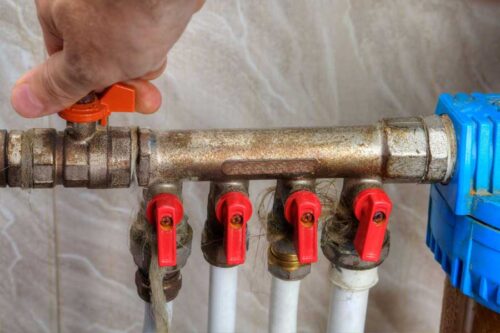Failing Ball Segment Valve | Jaygo Incorporated
Signs of a Failing Ball Segment Valve
Ball segment valves are critical in various industries, such as oil and gas, food and beverage processing, and pharmaceutical manufacturing. This component helps to regulate the flow of liquids and gasses by opening and closing in response to changes in pressure. If the valve fails, it can cause significant disruptions in the manufacturing process. Identifying these issues can help prevent production delays. Discover some signs of a faulty ball segment valve. The Valve Leaks When Closed Valves should prevent leakage when closed. If you notice your valve leaking, that’s a call for concern. This issue is the aftermath of wear and tear on seals or packing. As the seals deteriorate, they can develop gaps that allow fluid to escape. The leaks may also signify that the ball itself is faulty. In some cases, the ball may develop cracks that cause it to leak. If you notice any leaks, replace the valve promptly. Otherwise, the issue may cause operations downtime, and you may suffer a loss due to oil wastage. The Valve Leaks Around the Stem In addition to checking for leaks in the valve’s body, you should also check for leaks around the stem. Leaks around this area may signify that the stem packing is beginning to fail. As the packing deteriorates, the component can develop gaps that allow fluid to escape. In addition, the packing may also become dry and cracked, which will cause fluid to leak.


